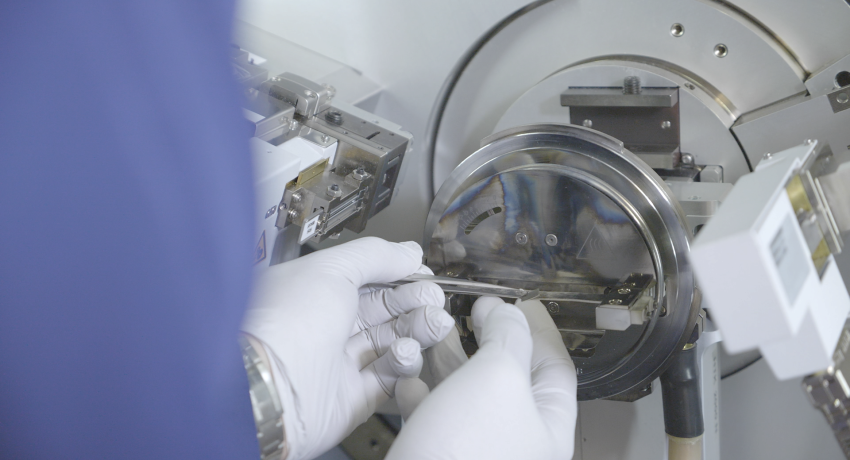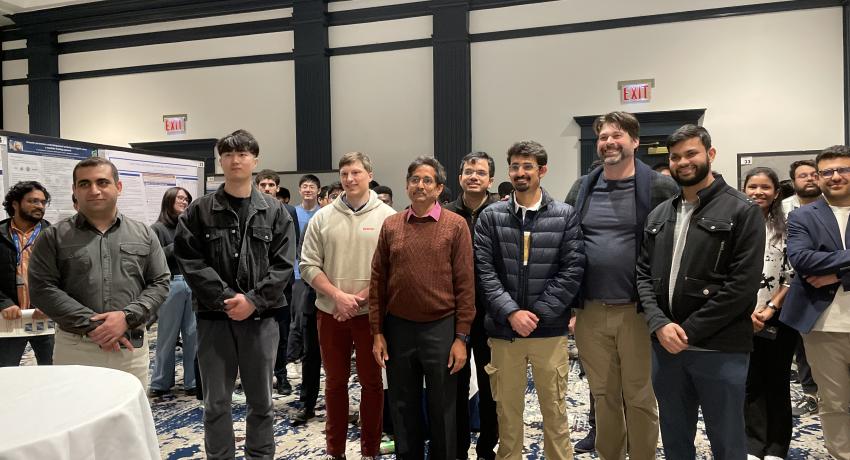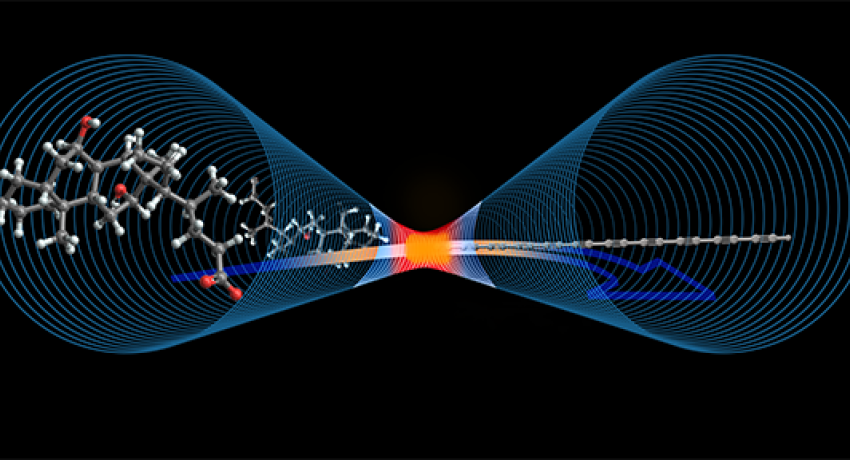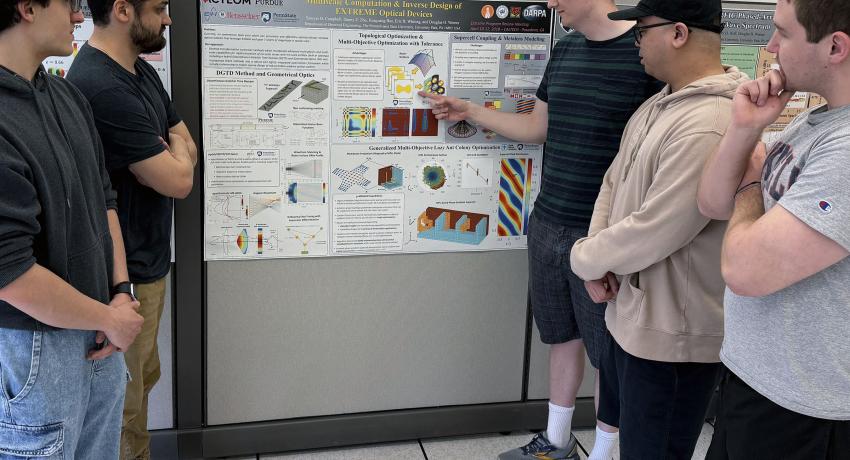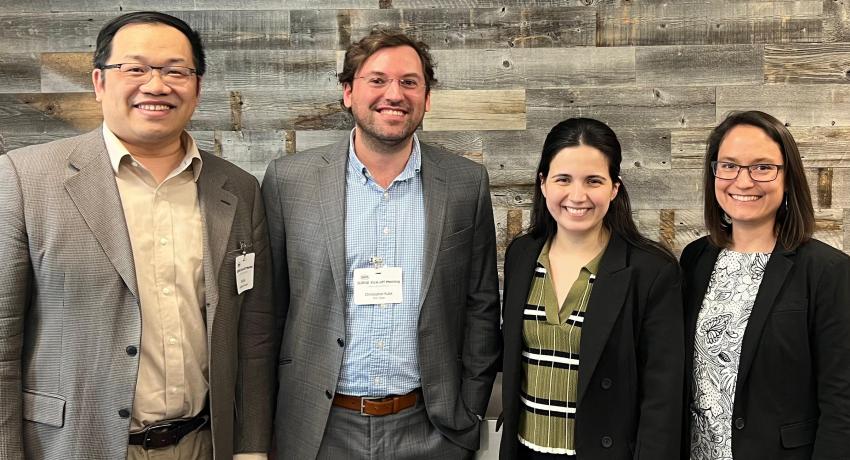Thomas Connolly
The new agreement with Penn State seamlessly aligns our goal of establishing Morgan as a key player in the silicon carbide market — we are not only advancing our own graphite competencies but also contributing to the development of high-value products in the market.



